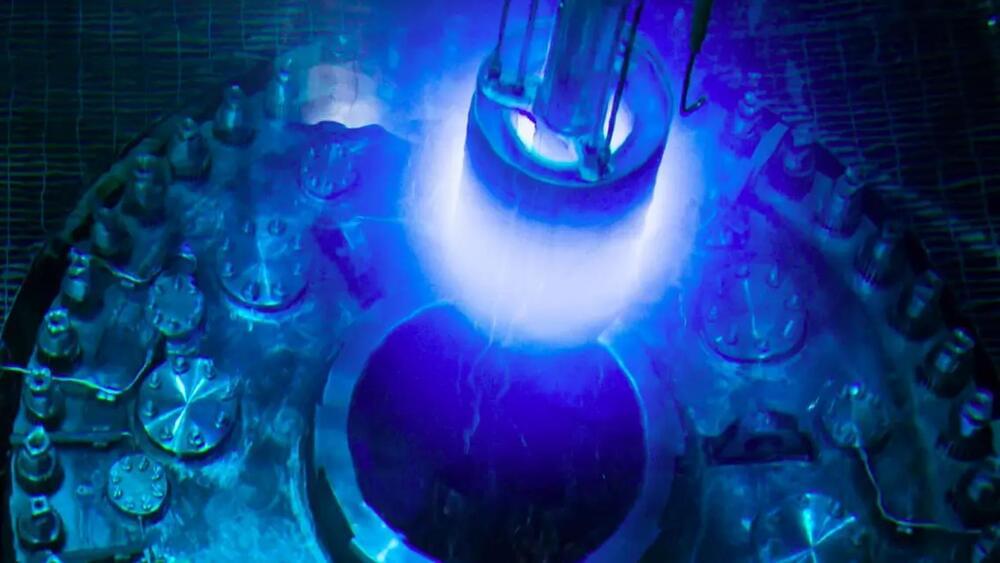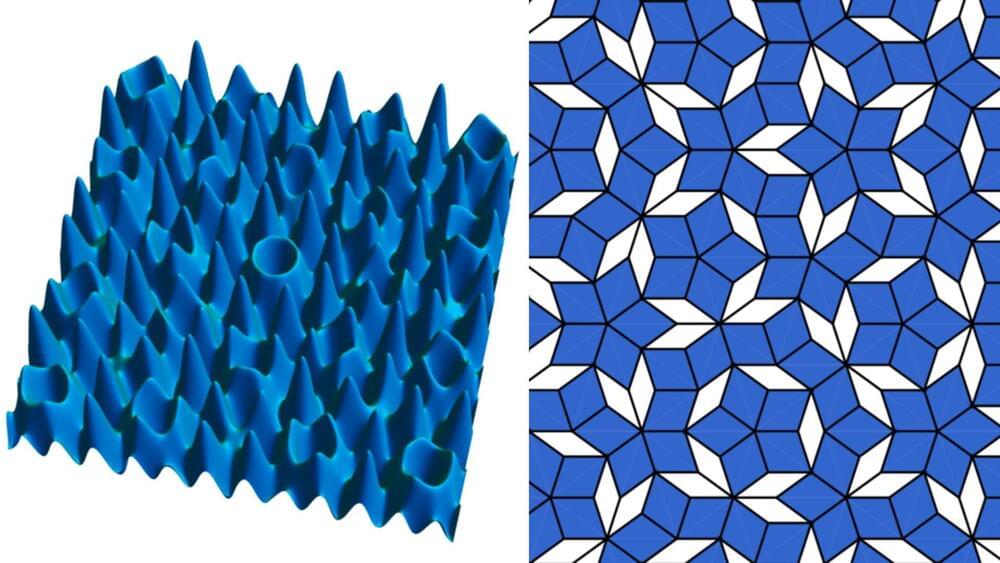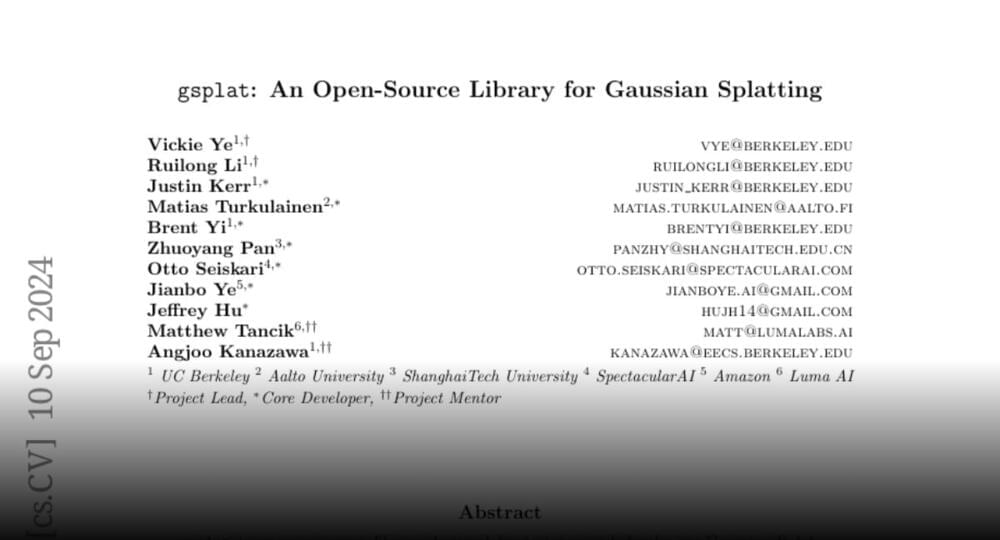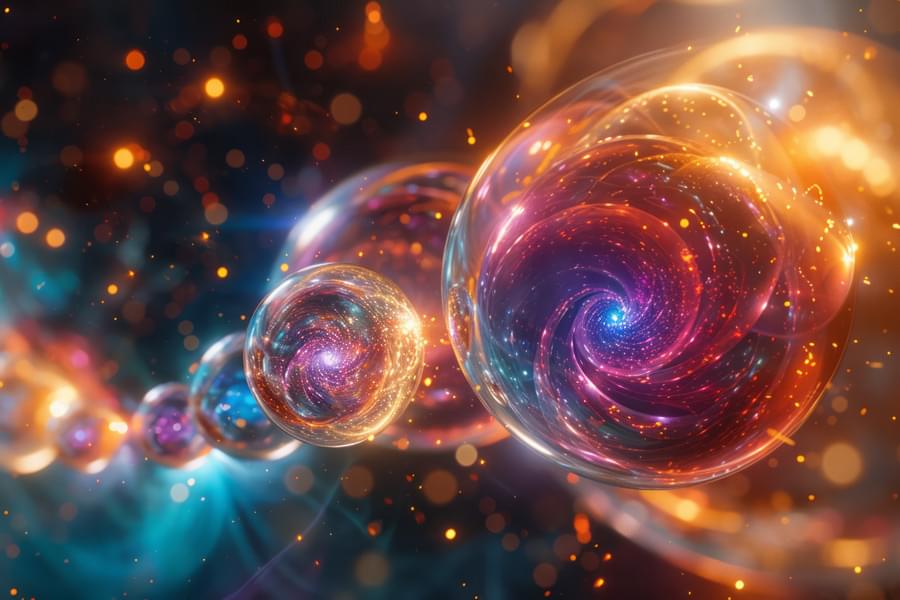Hydrogen has been defined on numerous occasions as “the fuel of the future”. We have seen other alternatives, such as ammonia or even methanol (which you may remember meeting with us), but what if there was an even more powerful one? Hawking predicted decades ago that the most powerful one could exist, and now they have finally created it. This is the new engine that has everything to revolutionize the planet but would require a huge mobilization of resources to manufacture.
The idea of using thorium for fueling cars has created the immense interest from auto enthusiasts, as such cars may become a clean, efficient and almost inexhaustible energy source for transport in the future. Nevertheless, the prospects of this technology are not as simple as may be suggested by this example, and at the moment, this technology is still rather hypothetical.
A thorium-powered car engine concept is based on the use of the radioactive material known as thorium as fuel. In principle, this engine employed a tiny measure of thorium to release heat through nuclear fission, and the heat was further transformed into electricity to run the car.







